On September 21st, 1976, the famed TV series Baa Baa Black Sheep first aired on television in the United States. But FLYING MISFITS, which was the two-hour pilot episode (actually known as Episode 0) premiered on Tuesday, September 21, 1976. The series’ first one-hour episode (Episode 1), BEST THREE OUT OF FIVE, appeared three days later on Thursday, September 23, 1976.
It was a seminal moment for many of us who follow vintage military aviation today, especially if we were kids at the time. Here to tell a little of the story about the making of that show, and the aircraft involved is Stephen Chapis, revisiting an article “Poor Little Lambs” that he originally wrote some years ago (Warbird Digest #49 – July/August 2013 – Click HERE to buy that issue) We at Vintage Aviation News thank him, and all of the other contributors who made this piece possible!
**UPDATE asjuly 2025**
Key Publishing has just activated the pre-order link on their website. Click HERE or below to place your order. Your wait is almost over.
Baaa Baaa Baaaaaaaaaaaa…
Confusion In Numbers
By Stephen Chapis
During the course of my research for the upcoming and as yet unnamed Baa Baa Black Sheep book I have found that there is often confusion about the exact identities of Tom Friedkin’s F4U-4 and John Schafhausen’s F4U-7. This confusion is directly related to their prominently displayed N-numbers under the horizontal stabilizers. I did not address this issue specifically in the book, because it wasn’t germane to the overall story, so I thought I would do so here.
Of the eight Corsairs flown in the series, Friedkin’s -4 and Schafhausen’s -7 were the only ones to wear their N-numbers, N97353 and N33714 respectively, in large bright white stencils. The other half-dozen fighters wore much smaller numbers in black, which made them difficult to discern in period photos let alone on television. It is unclear when the confusion first took hold, but over the decades these registration numbers led many to believe that the -4 was BuNo 97353 and the -7 was 133714. As a matter of fact, errors persist to this day on two prominent websites. So, how did this all happen?
Although Bob Bean purchased the F4U-4 on November 25, 1957, he did not apply for registration until January 2, 1975, after which it was assigned N5213V. On November 19, 1975, Tom Friedkin purchased the Corsair and retained the original N-number for several months. On March 12, 1976, however, he wrote a letter to the FAA, on R.W. Martin & Company letterhead, asking if N97359 was available, and if it wasn’t he listed seven sequential alternatives, from N97359 through N97353. Apparently, all but the last number on the list were unavailable because on July 17, 1976, the Corsair received N97353.
The registration was subsequently changed to N240CA in 1980, which it retained until it was acquired by Ray Hanna’s Duxford-based Old Flying Machine Company in 1988. When the Corsair returned to the United States five years later, its previous N240CA was re-applied. Today, this combat veteran and TV star is under the care of the American Honor Foundation and carries NX240CF.
As for John Schafhausen’s F4U-7, the request for the special N-number pre-dated his ownership by over six years. When this aircraft returned to the U.S. in 1967 after its retirement from the Aéronavale, it went into the care of the U.S. Marine Corps Museum in Quantico, Virginia. On September 15, 1967, C.W. Gillespie, the Aviation Curator of the museum, sent a letter to the FAA, requesting the registration number match the Corsair’s Bureau Number. While there is no supporting paperwork, it seems that N33710 was unavailable and unlike Friedkin, who listed a number of optional numbers, Gillespie seems to have been satisfied with accepting the closest number to the Bureau Number, which was obviously N33714.
Like the F4U-4, this fighter also left the country for a spell in 1983, when it was purchased by Canadian Blaine Fowler. Upon returning to the United States in 2004 it went back on the register as N811AP. Today, this rare -7 carries N965CV.
In their nearly eight decades on this planet the octet of Corsairs that shared the television screen between 1976 and 1978, have accumulated a vast number of flying, combat, and training hours, carrier traps, maintenance downtime, etc. Within each of those numbers are an even greater number of stories from pilots, veterans, maintainers, and enthusiasts, but it’s amusing how two N-numbers could cause decades of confusion.
Key Publishing has just activated the pre-order link on their website. Click HERE or below to place your order. Your wait is almost over.







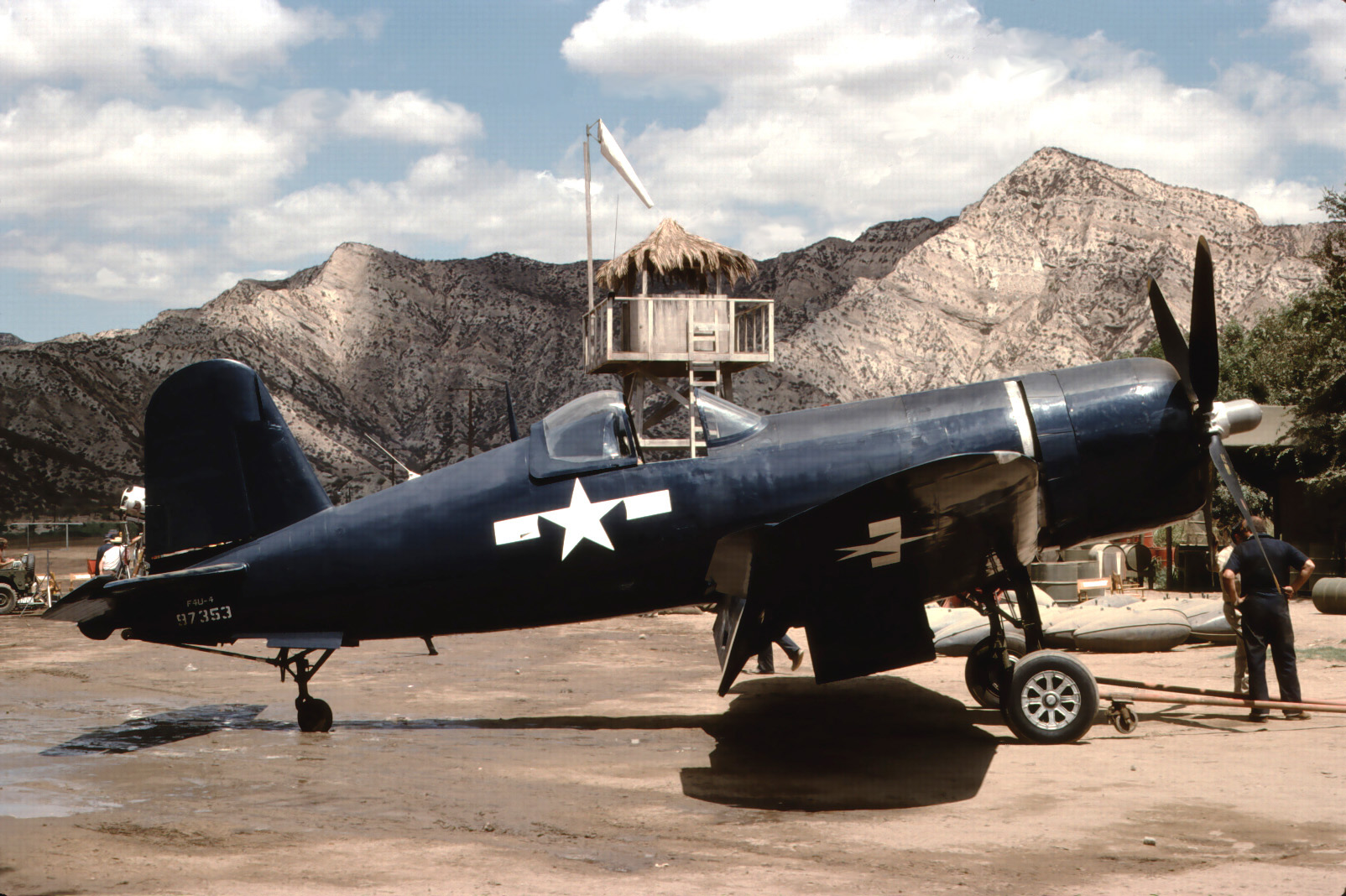


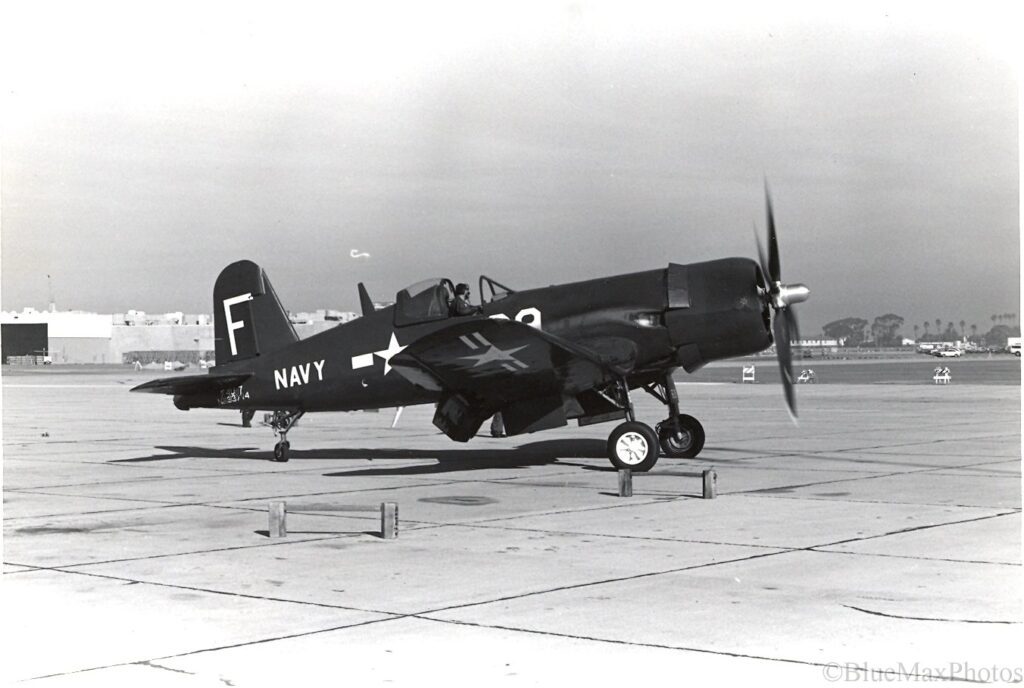
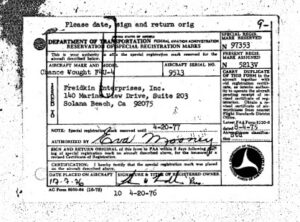
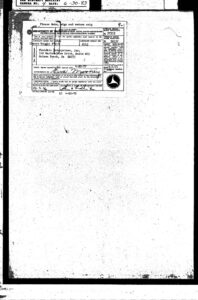
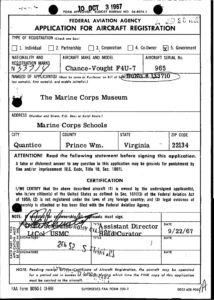
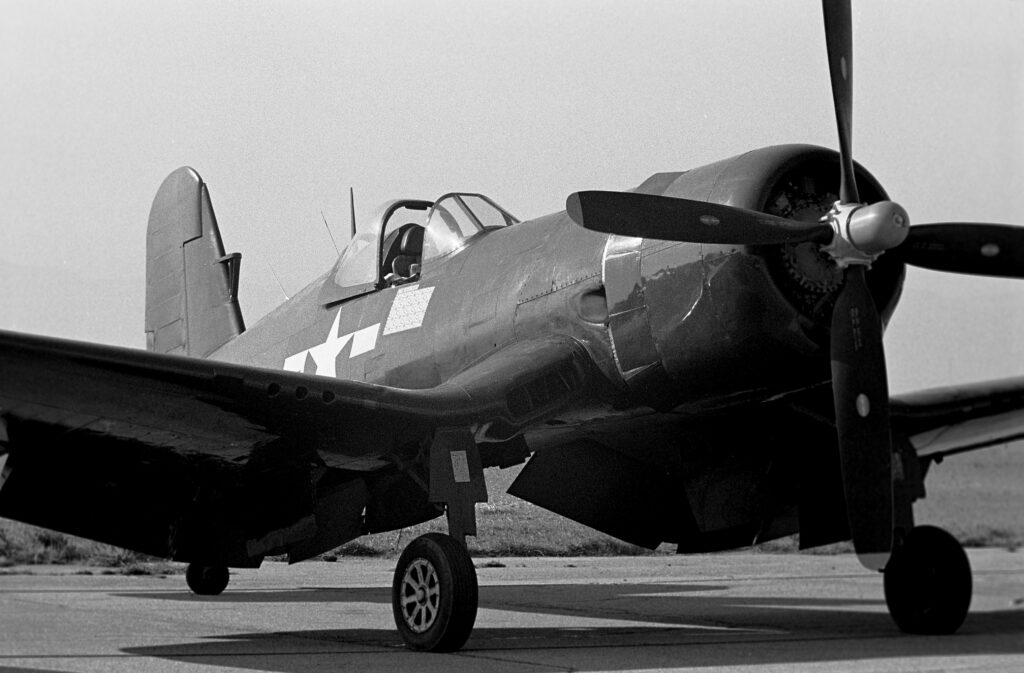
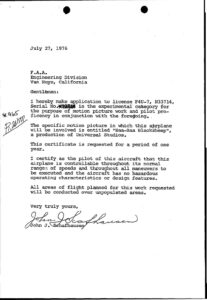
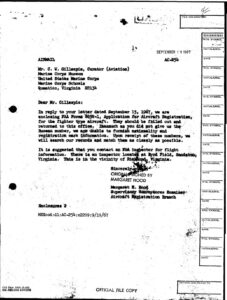
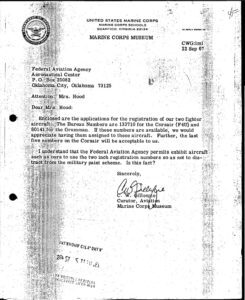
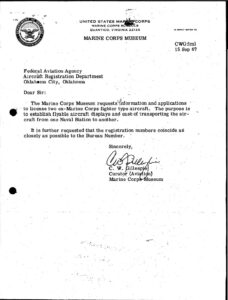
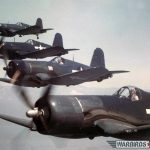
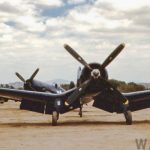
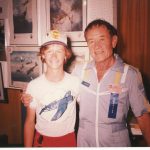

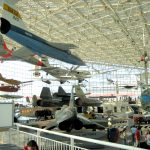
![Multiple Fokkers Flying In New Zealand 22 [Photo by Paul Le Roy]](https://vintageaviationnews.com/wp-content/uploads/HAFU_Eindecker_0Q2A4564m_PaulLeRoy-150x150.jpg)












